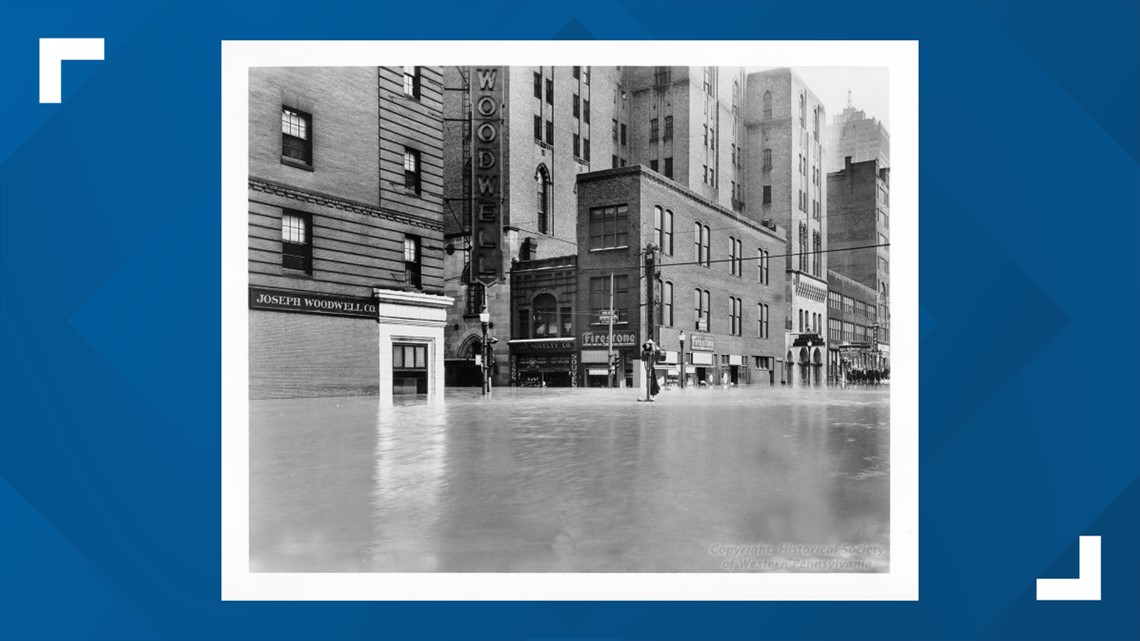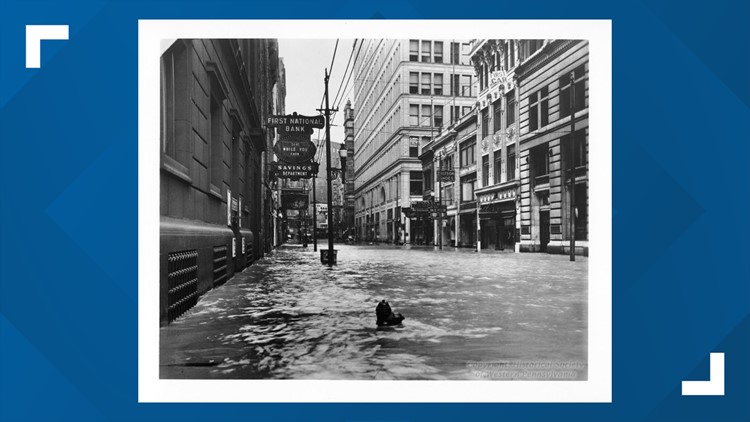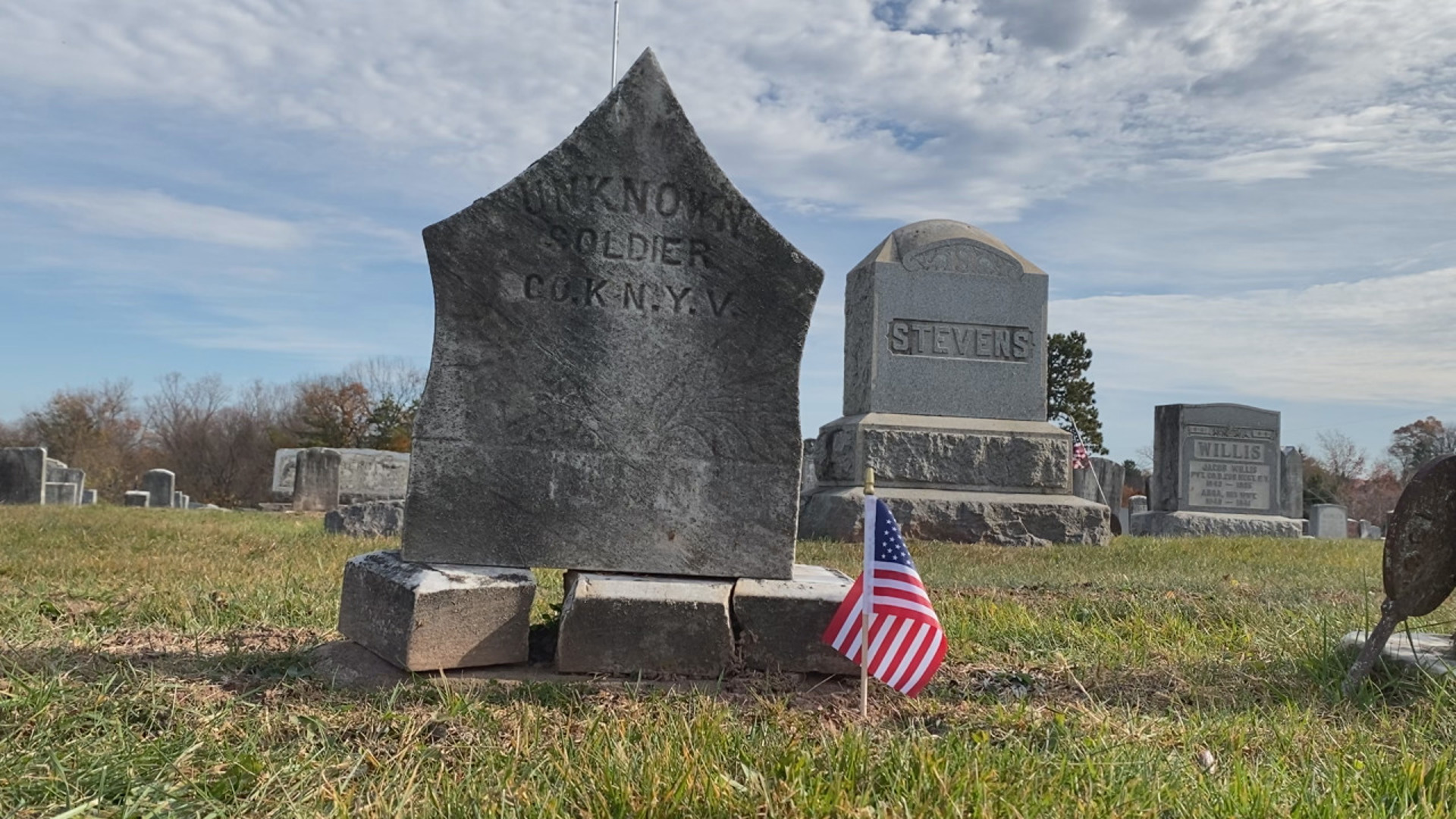PENNSYLVANIA, USA — Much like how St. Patrick's Day has looked different the past two years due to the spread of COVID-19, St. Patrick's Day in 1936 looked different as well.
On March 17, 1936, a flood resulted in one of the worst natural disasters the state has seen, according to the Senator John Heinz History Center, which is affiliated with the Smithsonian Institution.
Almost two inches of rain fell throughout Pennsylvania on March 16, on top of the dozens of inches of snow that coated the area throughout that winter. Rising temperatures melted the snow, swelling the creek beds of the upper Allegheny and Monongahela Rivers, as well as other rivers throughout the state, also according to the Senator John Heinz History Center.
According to ExplorePAHistory.com, when the flood was over, more than 100 people were dead and the total damages throughout the Commonwealth were estimated at around $300 million.
The most significant damage was in Pittsburgh, where more than half of the downtown businesses were left underwater and 62 people died, over 500 were injured, and 135,000 were left homeless, also according to the Senator John Heinz History Center. Other areas that were particularly affected were Easton, Johnstown, and Williamsport, among others.


Pennsylvania was not the only state affected, however. All 11 states throughout the Northeast and Mid-Atlantic regions experienced damages as well. Washington, D.C. too felt the power of nature.
According to both the Senator John Heinz History Center and ExplorePAHistory.com, "the human and economic toll of the 1936 flood demonstrated the power of nature and made clear the necessity of change." This is why Congress and President Franklin D. Roosevelt passed the Flood Control Act of 1936, "which unleashed a flurry of federally sponsored dam-building on Pennsylvania's rivers."


Perhaps the biggest project as a result of this legislation was in Johnstown, where the Army Corps of Engineers built what was at the time, the nation's largest flood control system. According to ExplorePAHistory.com, in order to deepen and realign the channels of the Stonybrook and Little Conemaugh, the Corps "excavated three million cubic yards of earth and rock, and built nine miles of side slopes with enough concrete to pave a two-lane highway sixty-two miles long," between 1938 and 1943.
When the Johnstown Local Flood Protection Project was completed in 1943, it joined a "system of 8,000 dams and 25,000 miles of inland and intra-coastal navigation channels that included more than 200 locks and dams, tens of thousands of groundwater pumps, and millions of miles of canals, pipes, and tunnels."



